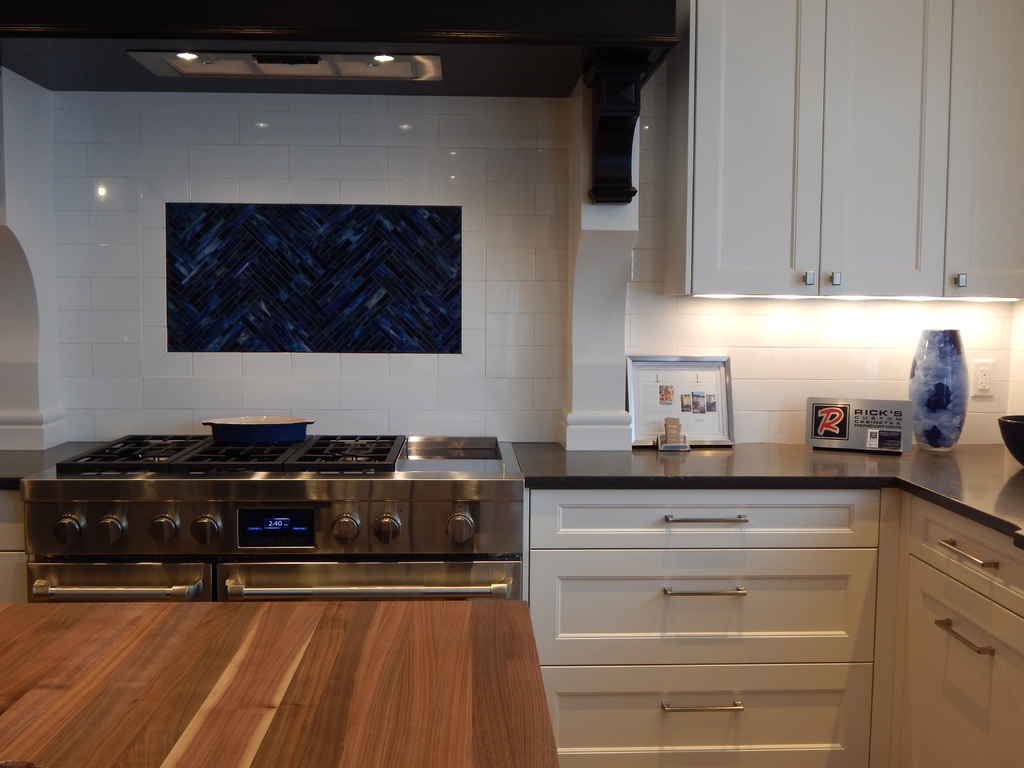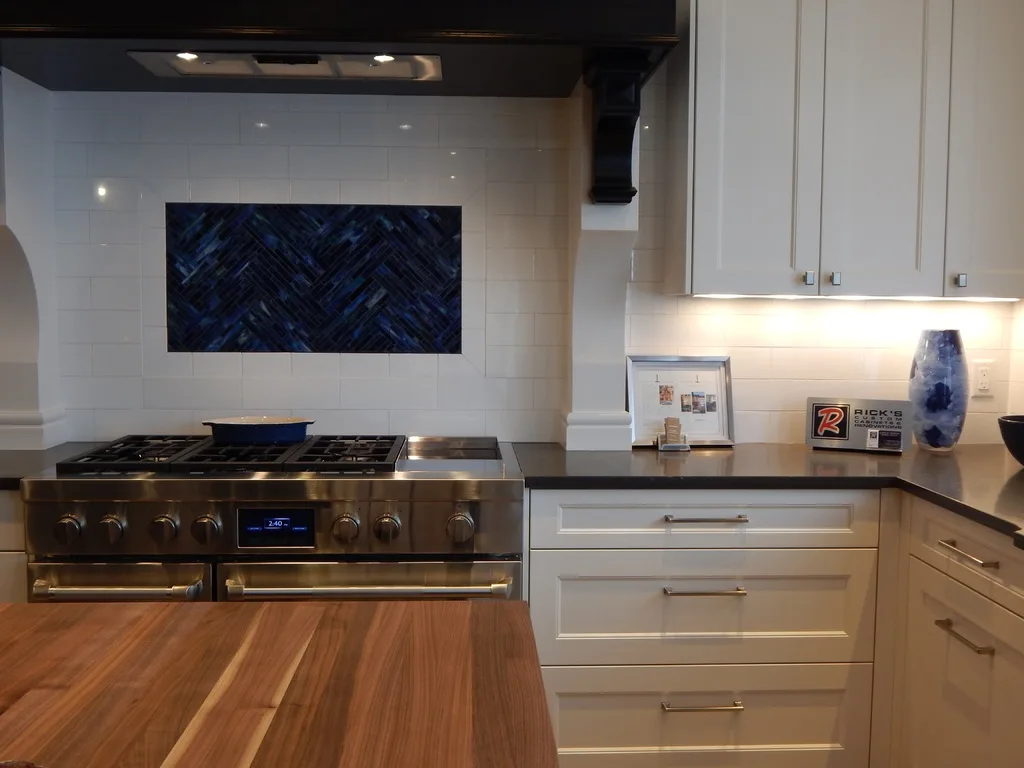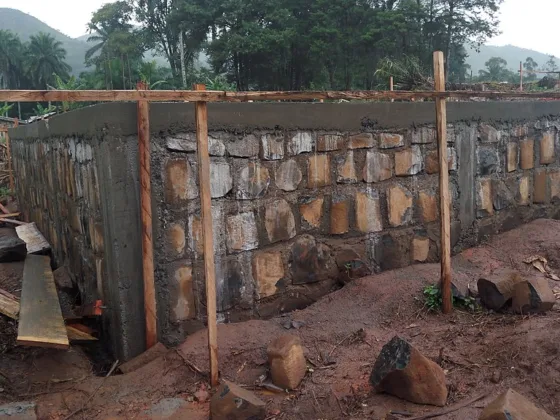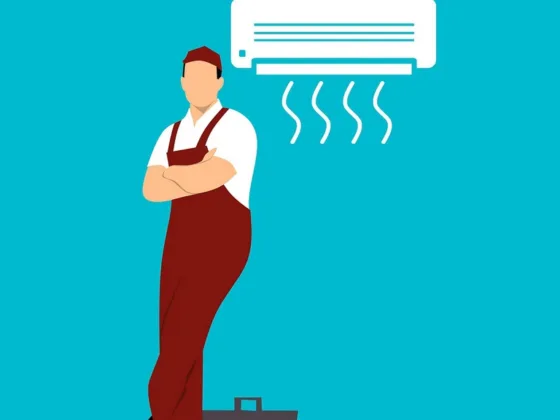One of the easiest and most cost-effective ways to remodel a kitchen is to replace the cabinet doors and countertop, and perhaps repaint the walls.
It’s simple and much cheaper than ripping the entire kitchen out and starting again. You may not realize it but the average cost to redo your kitchen is $17,000.
While the above is effective, if you’re particularly attached to your cabinet doors you may want to consider refinishing them rather than replacing them.

The good news is that it’s possible to do this without stripping them first. In fact, the same is true of any cabinet in your house.
Obviously, the more sentimental or high-value the piece the greater your inclination to have professionals in furniture restorations handle it for you.
That’s a good idea, but the day-to-day items you can do yourself.
Clean It
You can’t do anything with a cabinet unless you clean it first. Naturally, you need great access to all areas of the cabinet. That means you’ll need to remove the cabinet from its current location and place it in your workshop.
In the case of your kitchen, you can just remove the doors if this is all you wish to refinish.
Cleaning is essential, any dirt, debris, or stains will show through on the new finish and will ruin the look of your cabinets.
To clean your cabinets you should start with brushing them down. Then, use soap and warm water to wash the cabinets, preferably with a brush to ensure the liquid gets into every crevice.
Most importantly, make sure the entire surface is fully dry before you move on to the next step.
Read Also:
Sanding
While you’re not stripping the entire cabinet, you can’t apply new paint to the existing surface, it will be coated with a lacquer or varnish and the new paint will simply peel off.
Instead, you need to lightly sand the surfaces to be refinished. Use a medium to fine grit paper. Your aim is not to remove the existing paint finish.
Instead, you want to scratch the topcoat, allowing your new finish to adhere to the original.
Using medium to fine sandpaper means the surface is lightly scratched, you won’t be able to see deep scratches in it!
When finished wipe the surfaces with a damp cloth to ensure there is no dirt left.
Stain Them
You can now add your choice of stain or paint to the cabinet. Do this slowly and carefully, keeping the surface level to avoid runs. This will allow you to get an even and great finish.
Naturally, you’ll need to apply more than one coat, follow the instructions on your finish to see how long to leave it between coats.
Once this is fully dry, usually after 24 hours, you can add a top coat, lacquer or a polyurethane finish are the most common choices. This protects your new finish and gives the cabinet a shine, making it look like new.
All you have to do then is put the cabinet back in position and admire your handiwork.










